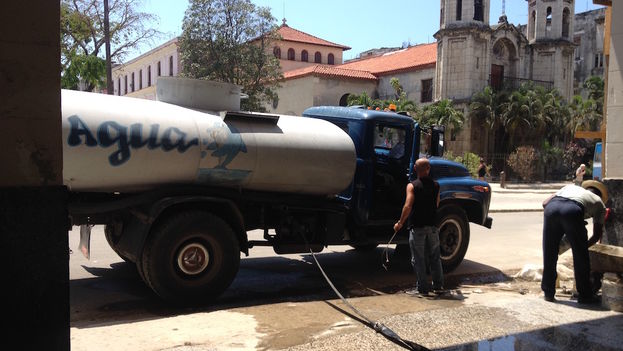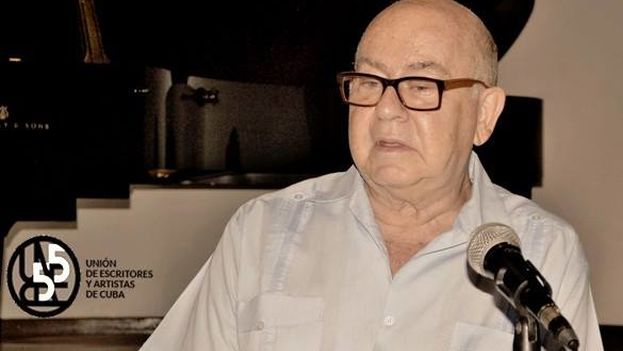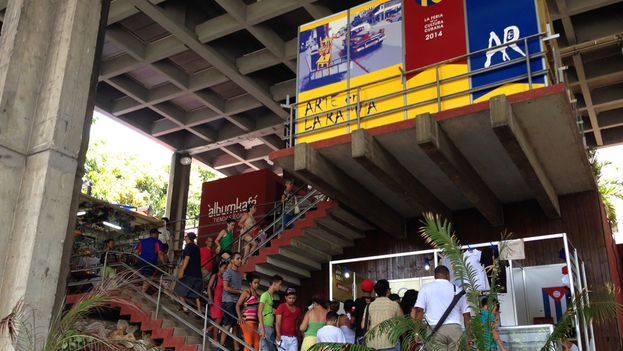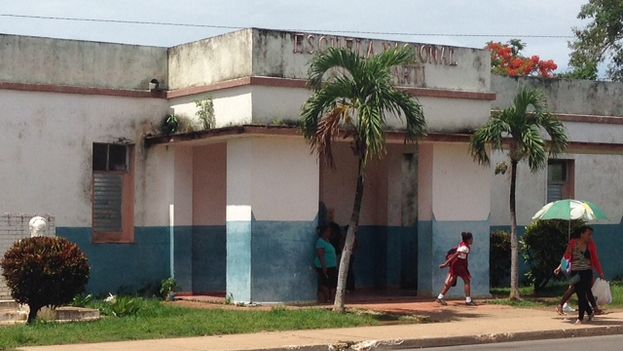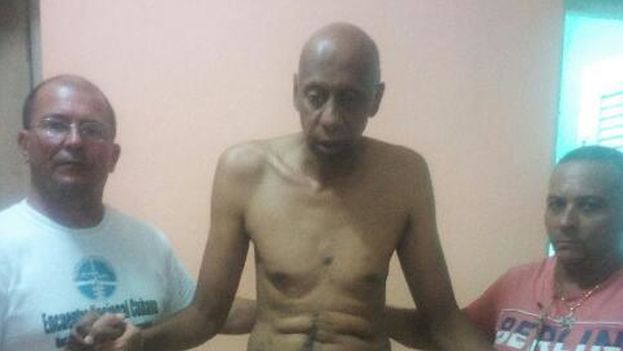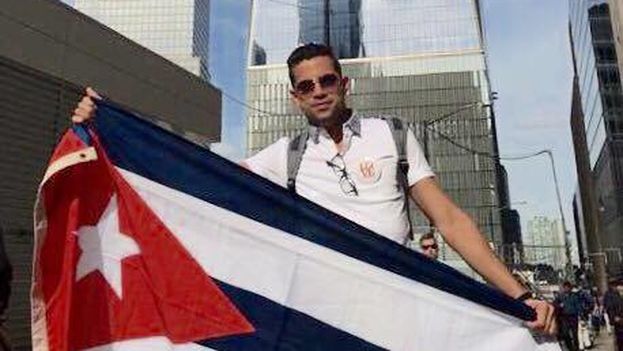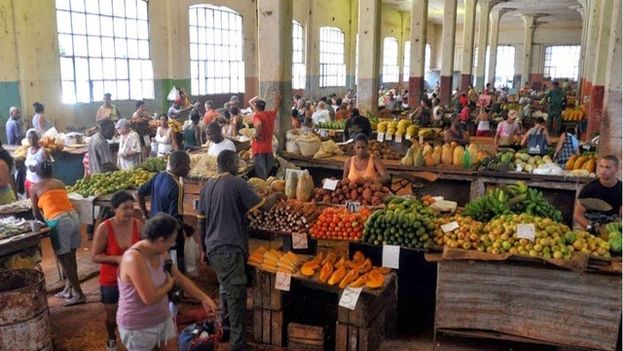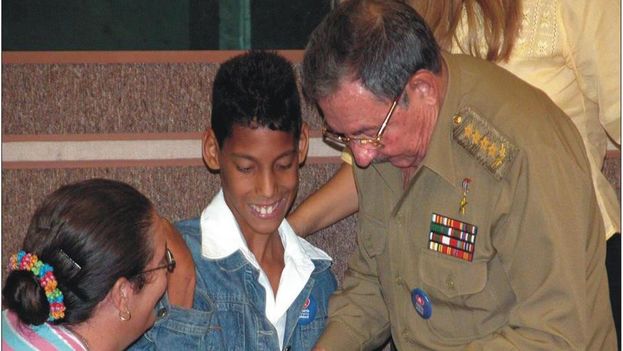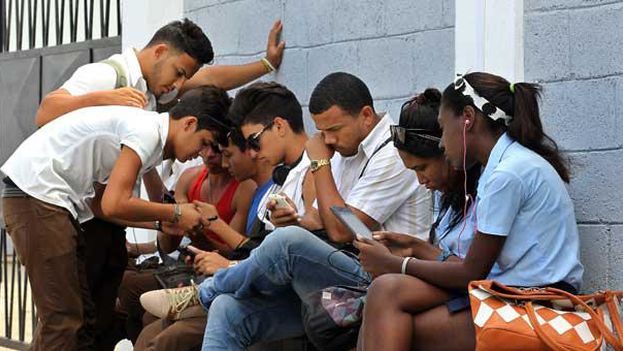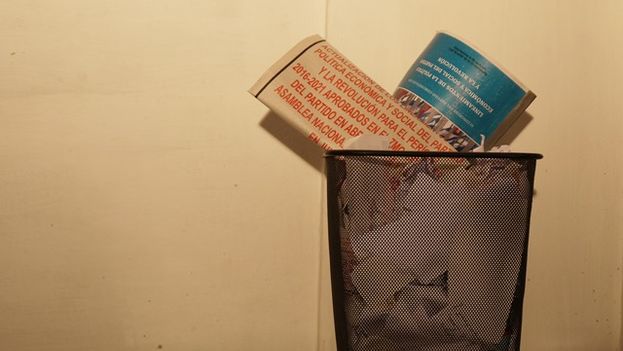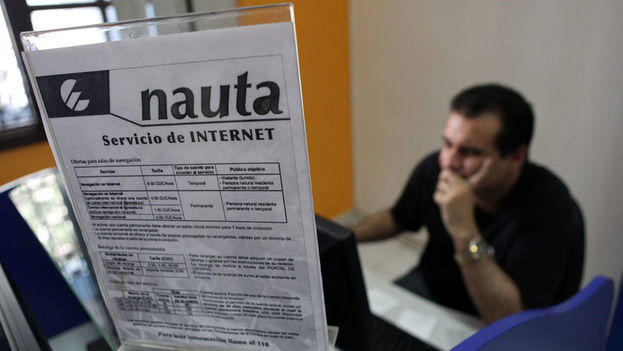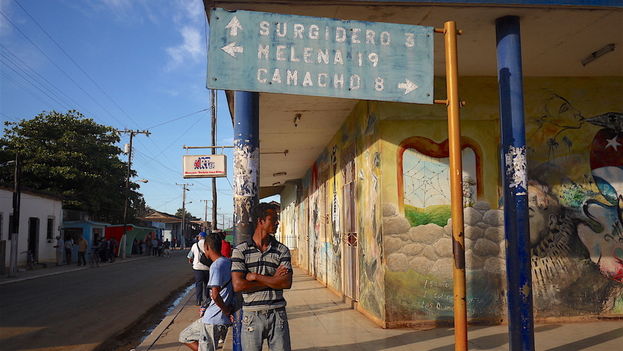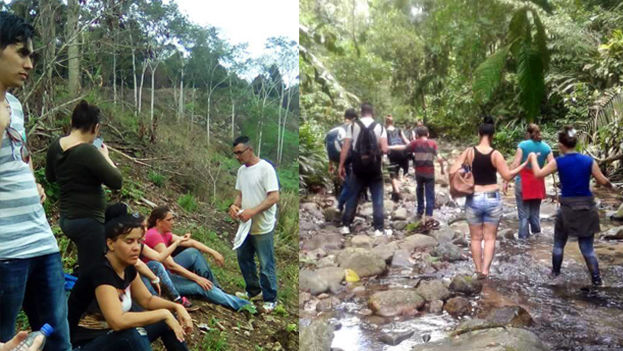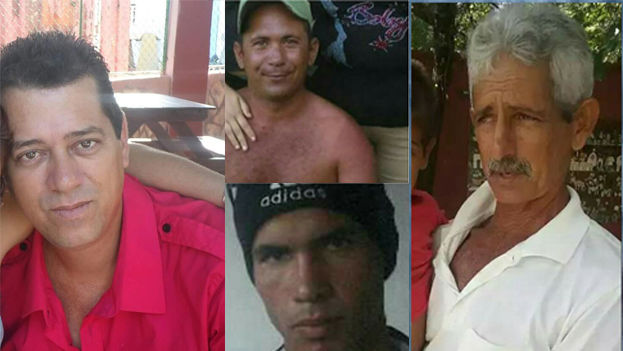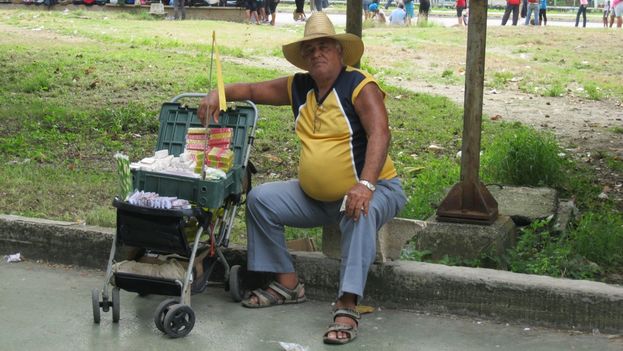
![]() 14ymedio, Pedro Campos, Havana, 23 August 2016 – Self-employed Cubans are tossed out of places where they’ve contracted with the State to work, without consideration of the consequences for them and violating what is established in their “contracts.” Recently this happened in Pinar del Rio, according to various reports, thanks to the redevelopment of the city boulevard. But this happens commonly all over Cuba.
14ymedio, Pedro Campos, Havana, 23 August 2016 – Self-employed Cubans are tossed out of places where they’ve contracted with the State to work, without consideration of the consequences for them and violating what is established in their “contracts.” Recently this happened in Pinar del Rio, according to various reports, thanks to the redevelopment of the city boulevard. But this happens commonly all over Cuba.
An emblematic case happened in a Havana park when it was closed to the public for repairs and two dozen self-employed individuals, among them food vendors, sellers of toys, balloons and baby things, photographers, parking attendants and others, were left without work and without any ability to demand redress, although they had one year contracts and their licenses, payments and other documents were in order. continue reading
Months later, having finished some light painting and other things that could have been done between Monday and Friday without closing the park, which was mainly used on Saturdays and Sundays, this important recreation area was reopened, but under another administration.
The protests of the self-employed were ignored. The new administration had no “responsibility to the old contracts,” they told those who tried to reestablish themselves there. They needed new contracts for which they had to present all new documentation, photographs, self-employment licenses, tax payments, letters of good conduct from their local Committees for the Defense of the Revolution, and other things.
About twenty self-employed people were out of work for months, and had no recourse. The new administration set up new contracts with other self-employed people and some of the previous ones who had learned about it in time when they reopened the park. Others weren’t able to get new contracts. The opportunities were limited. And the previous contracts? Fine, and you?
In Cuba it is very normal that when the management of a company, a factory, a municipality or a province change, many other things also change.
It comes from the genesis of the top-down statist system introduced in Cuba by Fidel Castro, in the name of a socialism that has never existed other than in the dreams of many Cubans.
With the new administrations there are always changes among the most important positions, in the relationships between bosses and subordinates, in the old and new privileges granted by the boss, and in the way a business works in general.
And for this model – top-down, directed, bureaucratic, paternalist and populist – “the cadre is the backbone of the Revolution,” as Che Guevara said in one of his programmatic writings, not institutions nor their arrangements. According to this philosophy, present in Cuba at every step, when the cadre, that is the backbone, doesn’t exist, the whole body collapses.
This philosophy on leadership and management is very typical of Stalinist regimes, where the central figure, the leader, and his decisions are everything for his political subordinates. It happened in the USSR and other “socialist” countries: the bureaucracy, the so-called “unforeseen class,” according to some scholars, quickly adapted to the changes and went from socialist bureaucracy to capitalist bureaucracy, or from virtual owners in “socialism” to real owners in the new private capitalist model.
It is like one of those historical regularities of state-socialism, which invariably is found in the system at all levels and everywhere.
So it was not surprising that the fall of a leader changes many things, because these personality-focused governments are not capable of generating structures or institutions that serve the interests of the majority and the communist parties themselves, in reality, have been nothing more than political armies loyal to their founding bosses.
Today we see the Cuban Communist Party is incapable to presenting a program of consistent, comprehensive development for the Cuban nation and where, backwards and forwards, exclusions, designations, impositions, contradictions and failures are our daily bread.
Thus, those who think that the general rules that govern the country won’t change until there is a change in our administrator in chief are not mistaken, the same as always, and then, when other winds blow through Cuba, the loyal bureaucracy will act like the coffee seller who was walking along the wall of the Malecon in Havana in 1961, when the Bay of Pigs invasion happened. As he hawked his little cups of coffee he called out, “Cafeeé, … Cafeeé tres centavos, tres centavos” and when he heard that the American boats could already be seen approaching the coast, he quickly revised his come on: “Coffeee, three cents … Coffeee, three cents.”

